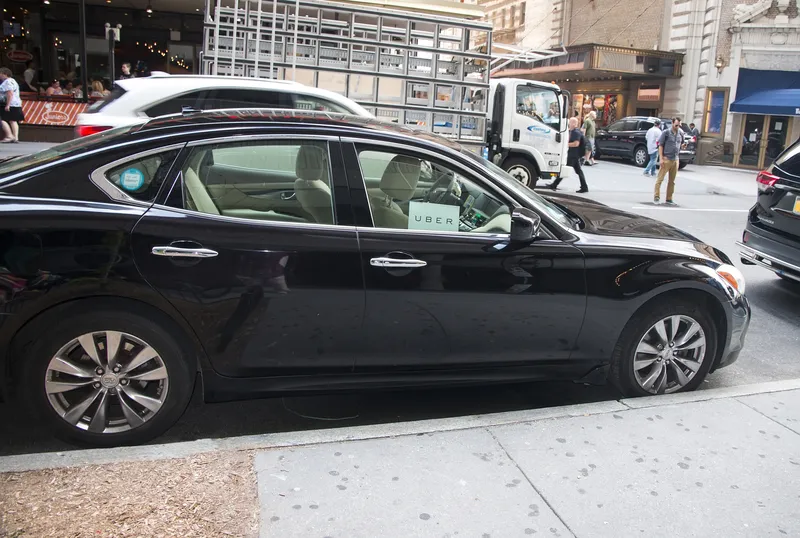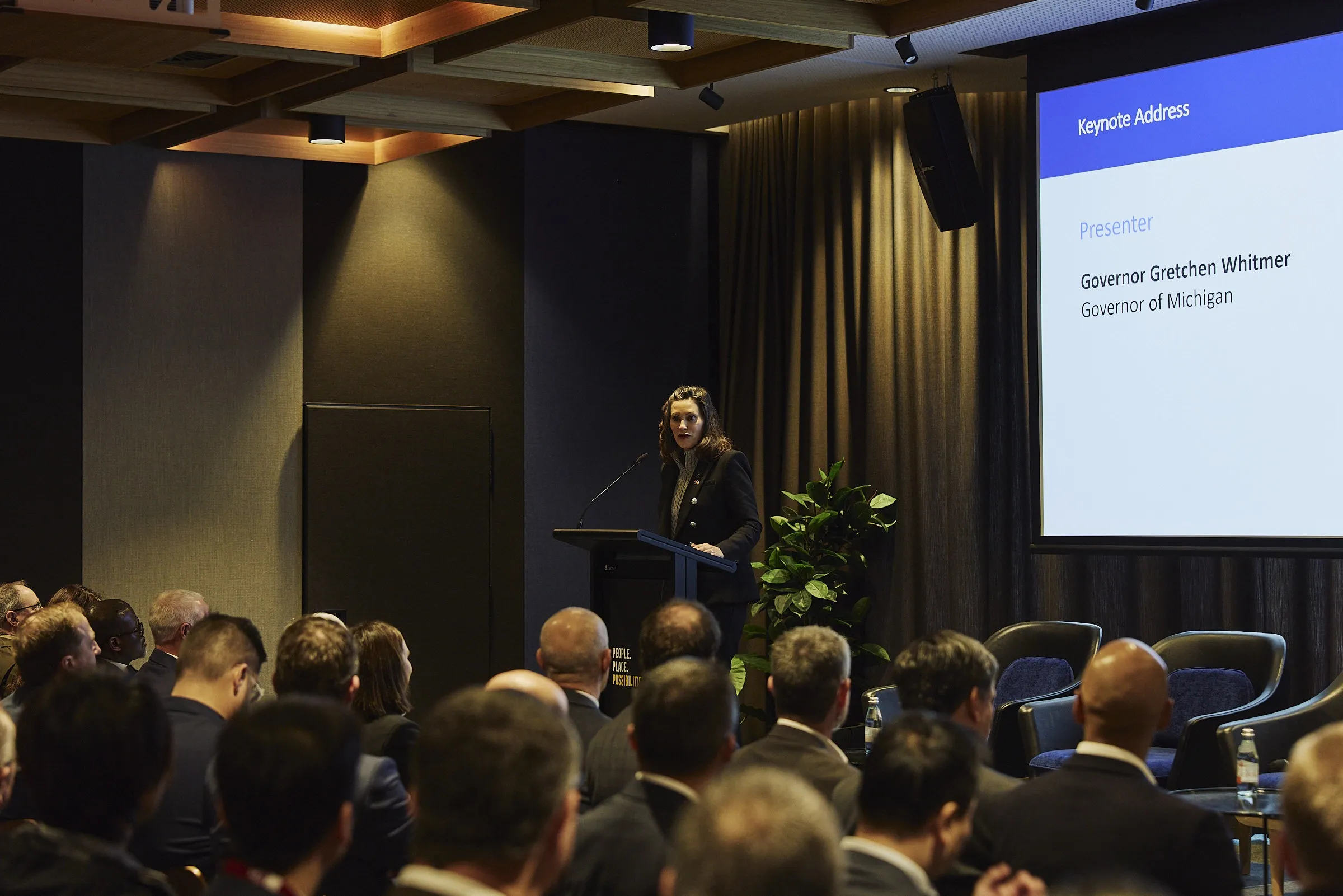
Motional 's robotaxis will be used by Uber Technologies to offer fully-driverless rides as part of a 10-year agreement, the companies say.
The all-electric Ioniq 5-based autonomous vehicles (AVs) will be deployed in the US, with the service due to begin 'later this year'. No further details are available.
"This agreement will be instrumental to the wide scale adoption of robotaxis," said Karl Iagnemma, president and CEO of Motional.
"Motional now has unparalleled access to millions of riders and a roadmap to scale significantly over the next 10 years."
The AVs are expected to be used for both ride-hail and delivery services.
"We're excited to leverage the power of Uber's platform to bring Motional's advanced autonomous technology to a wide range of riders at the push of a button," said Noah Zych, global head of autonomous mobility and delivery at Uber.
"The scope of this partnership shows the important role that shared autonomous vehicles will play in the future of transportation, and in Uber's strategy to be the global platform to help you go anywhere and get anything."
Motional and Uber already collaborate, with Motional piloting AV deliveries to Uber Eats customers in California; this agreement will be expanded.







